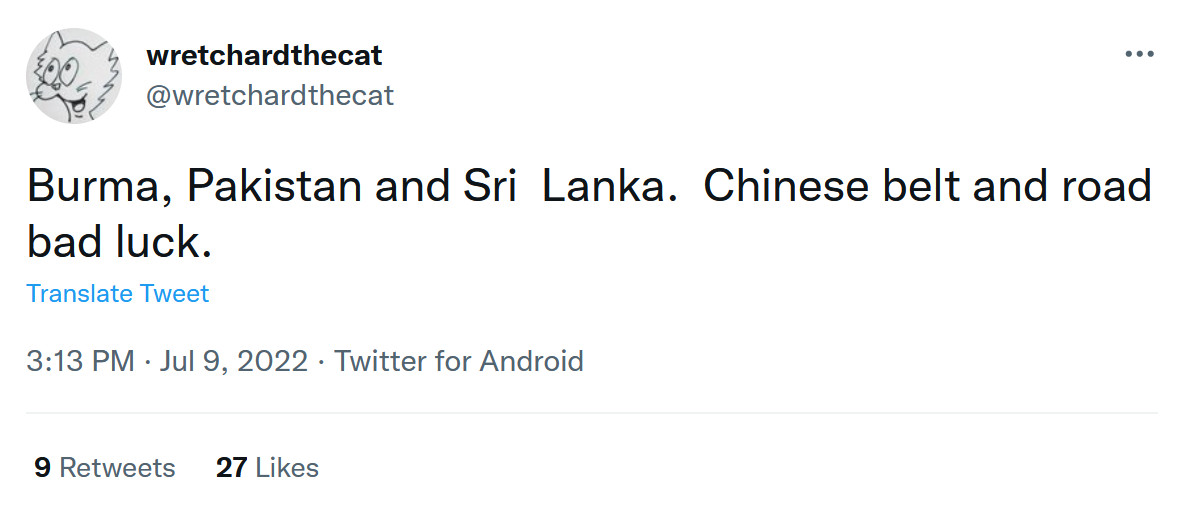QUESTION ASKED AND ANSWERED: What is China’s Belt and Road Initiative (BRI)?
China’s Belt and Road Initiative (BRI)
The BRI is an ambitious plan to develop two new trade routes connecting China with the rest of the world. But the initiative is about far more than infrastructure.
It is an effort to develop an expanded, interdependent market for China, grow China’s economic and political power, and create the right conditions for China to build a high technology economy.
Why create the Belt and Road?
There are three main motivations for the BRI. The first, and most discussed internationally, is China’s rivalry with the US. The vast majority of Chinese international trade passes by sea through the Malacca strait off the coast of Singapore which is a major US ally. The initiative is integral to China’s efforts to create its own more secure trade routes.
There is no doubt that China’s intention is also to make participating nations interdependent with the Chinese economy, and thereby build economic and political influence for China.
In that respect it has similarities with the Marshall Plan that followed the Second World War – but with the essential difference that China dispenses funding to other nations based purely on shared economic interests.
The second key reason for the initiative is the legacy of the 2008 financial crisis. China’s government responded to the emergency with a ¥4tn stimulus package, issuing contracts to build railways, bridges, and airports, but saturated the Chinese market in the process. The Belt and Road framework provides an alternative market for China’s vast state-owned companies beyond the borders of China.
Finally, the Belt and Road is seen as a crucial element in the Chinese government’s efforts to stimulate economies of the country’s central provinces, which historically lag behind richer coastal areas. The government uses the Belt and Road to encourage and support businesses in these central regions, allocating budget generously, and encouraging businesses to compete for Belt and Road contracts.
So how’s that working out for all concerned?

